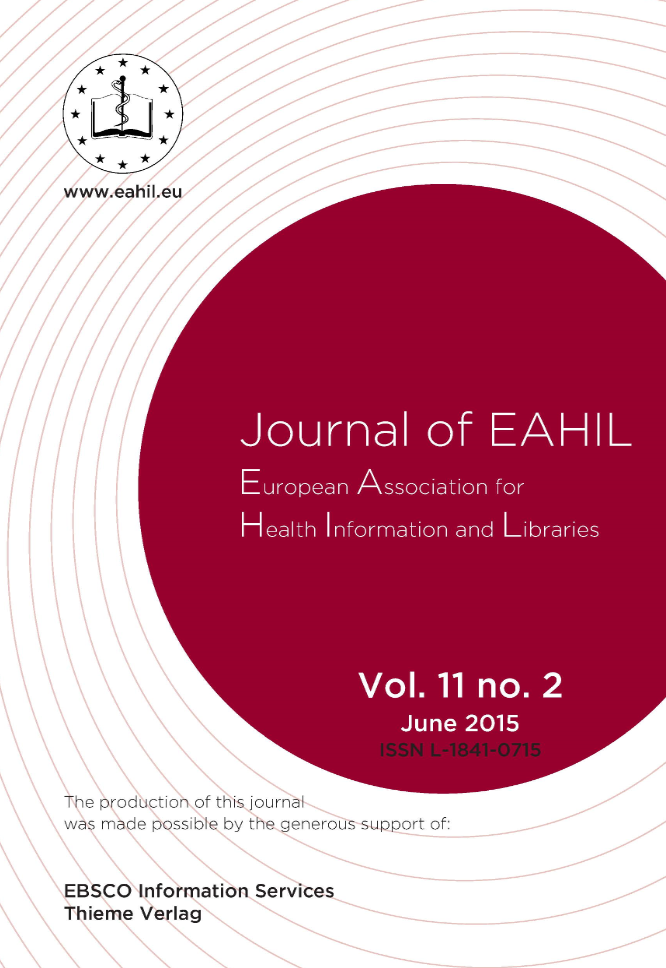Design, development and implementation of a mobile learning strategy for undergraduate medical education
Main Article Content
Abstract
Article Details
JEAHIL is licensed under a Creative Commons Attribution 4.0 International (CC BY 4.0) licence, unless otherwise stated. Please read our Policies page for more information on Open Access, copyright and permissions.
How to Cite
References
ICT facts and figures 2013. The world in 2013.
Geneva: International Telecommunication
Union; 2013. http://www.itu.int/en/ITUD/Statistics/Documents/facts/ICTFactsFigures2013-e.pdf
Ducut E, Fontelo P. Mobile devices in health
education: Current use and practice. Journal of
Computing in Higher Education. 2009;20(2):59-68.
George P, Dumenco L, Dollase R, Taylor JS,
Wald HS, Reis SP. Introducing technology into
medical education: Two pilot studies. Patient
Education and Counselling Journal.
;93:522-4.
Davies B, Rafique J, Vincent T, Fairclough J,
Packer M, Vincent R, Haq I. Mobile Medical
Education (MoMed) – how mobile information
resources contribute to learning for undergraduate
clinical students – a mixed methods study. BMC
Medical Education. 2012;12:1.
http://www.biomedcentral.com/1472-6920/12/1
Mooney JS, Cappelli T, Byrne-Davis L, Lumsden
CJ. How we developed eForms: An electronic
form and data capture tool to support
assessment in mobile medical education.
Medical teacher. 2014;36(12):1032-7.
Nuss M, Hill J, Cervero R, Gaines J, Middendorf B. Real-time use of the iPad by third-year
medical students for clinical decision support
and learning: a mixed methods study. Journal of
Community Hospital Internal Medicine
Perspective. 2014;4:25184.
http://dx.doi.org/10.3402/jchimp.v4.25184
Imperial College London (2013). iPad Project
(2013-2015). http://bit.ly/1EUr6Qv
Toro-Troconis M, Hemani A, Murphy K.
Learning Design in the 21st Century – Blended
Learning Design Tool (BLEnDT©). Journal of
Interactive Media in Education. 2015. The Open
University (under review)
Elleway R. The informal and hidden curricula of
mobile device use in medical education.
eMedical Teacher. 2014;36:89-91.

